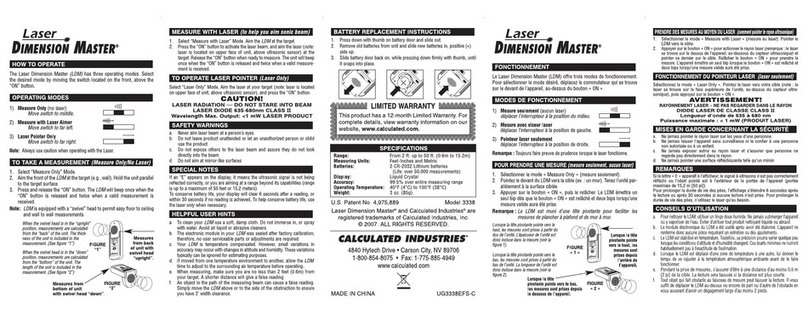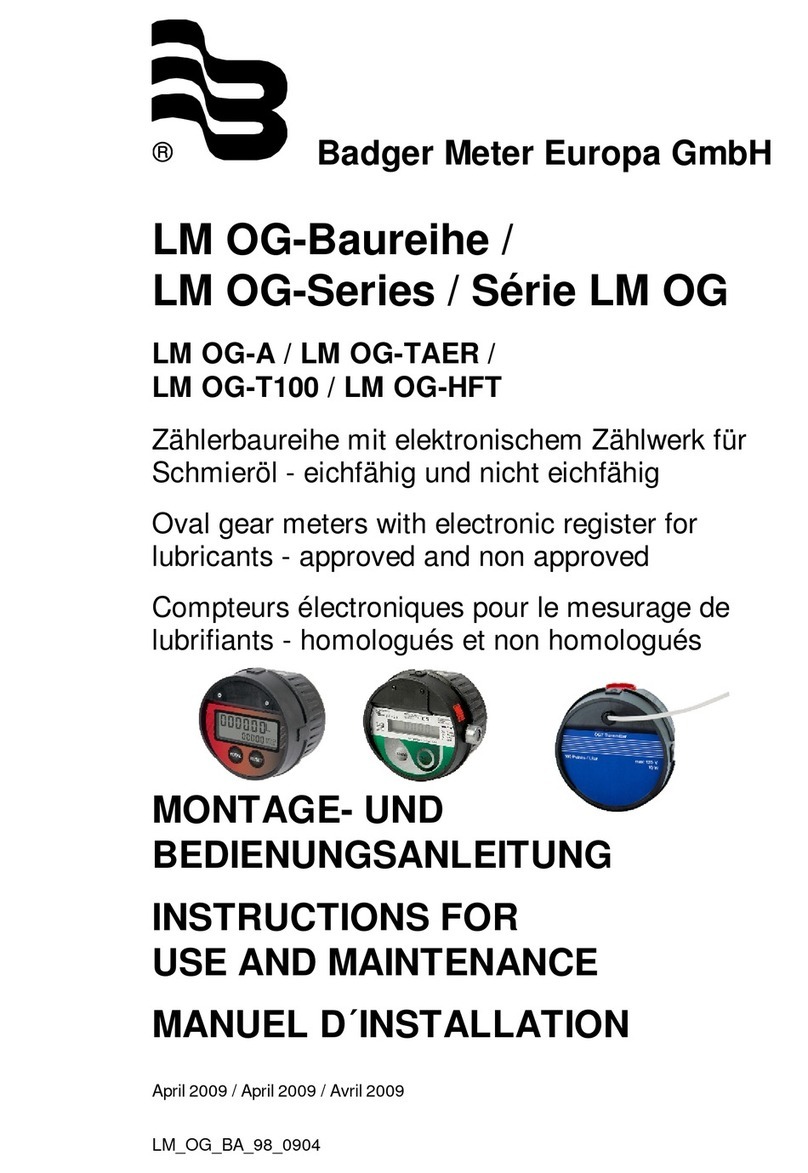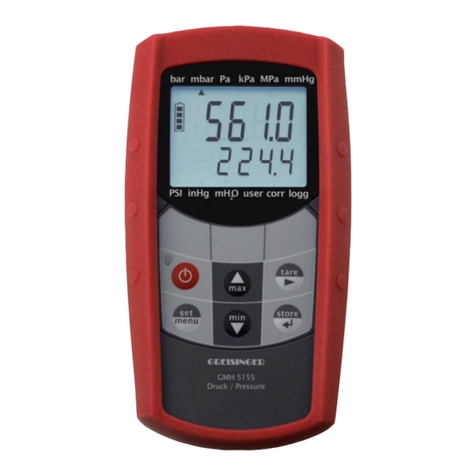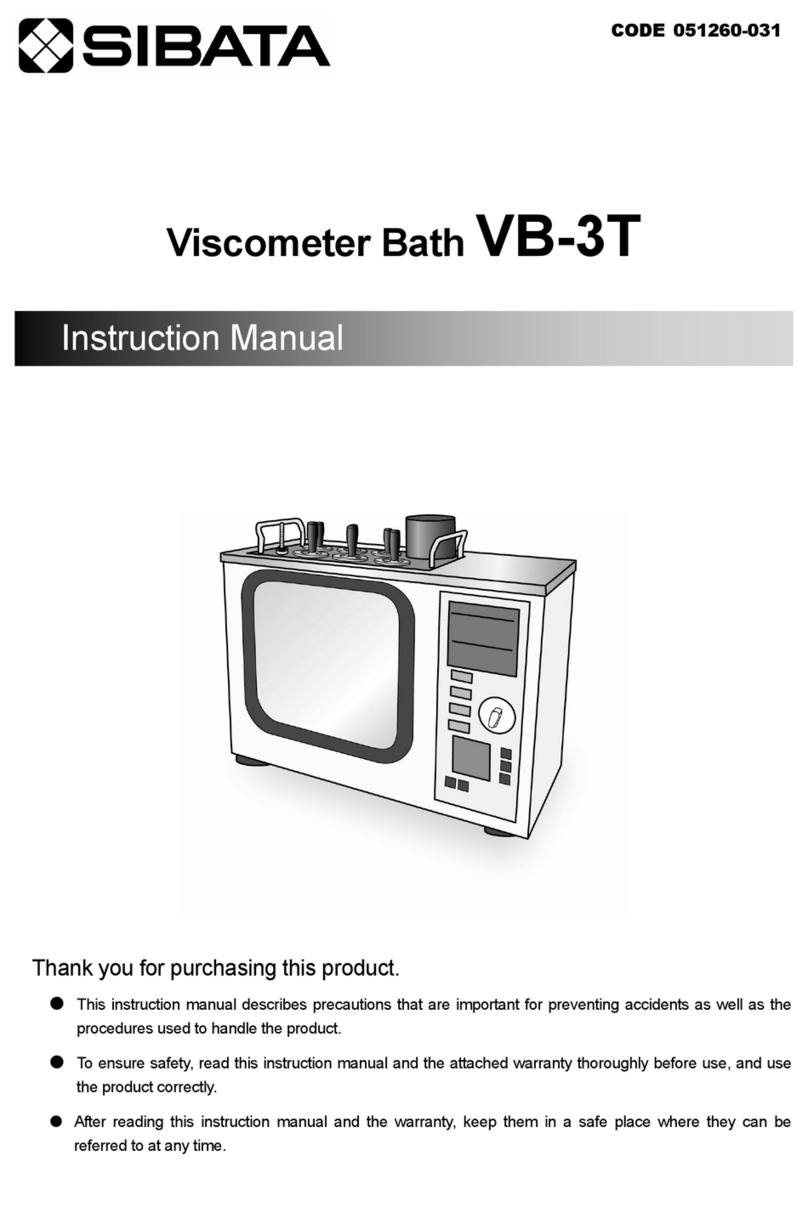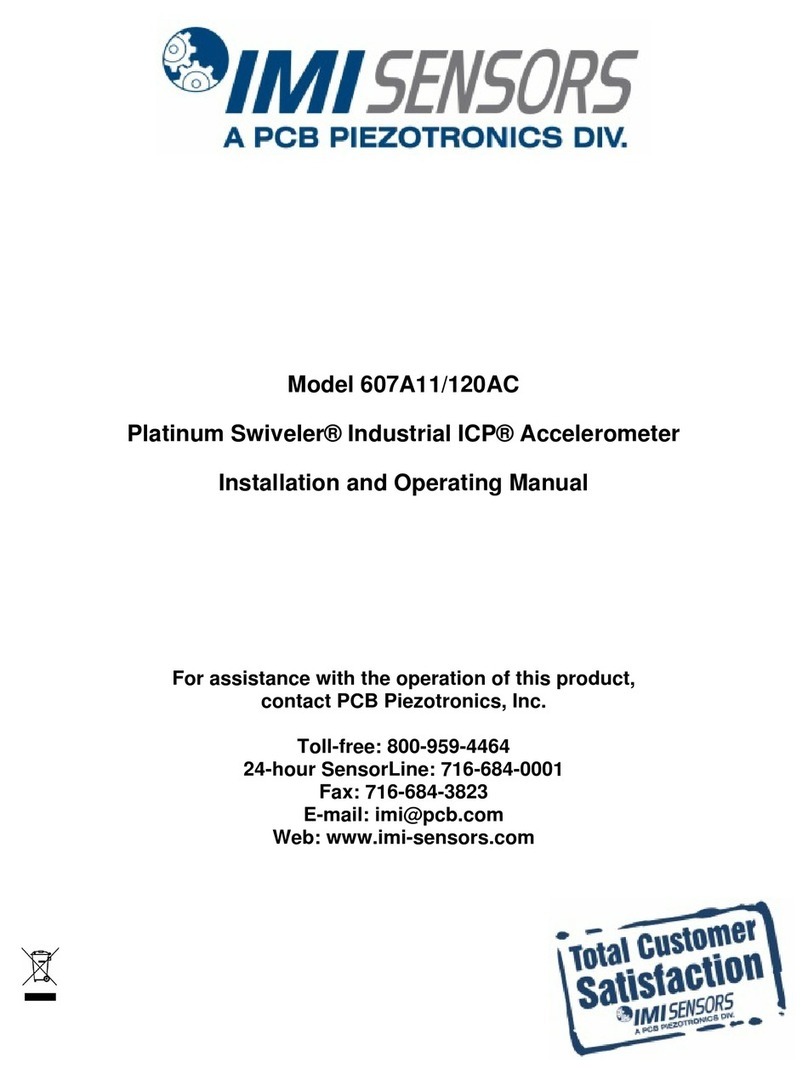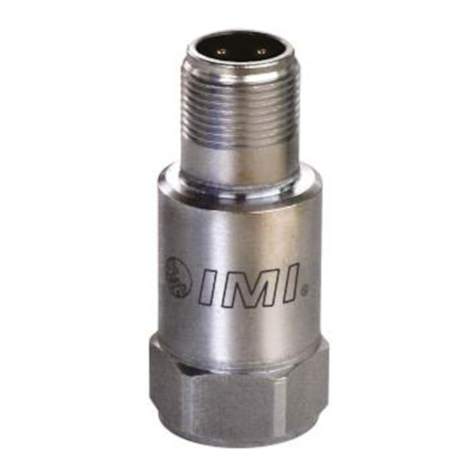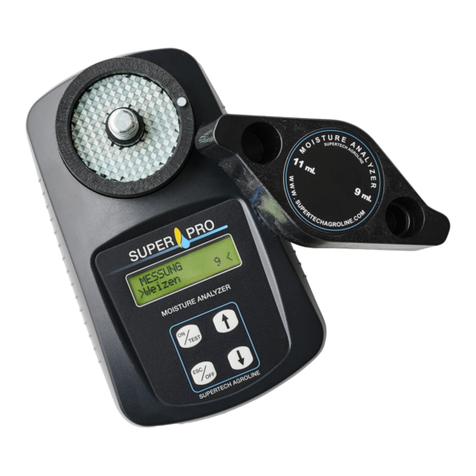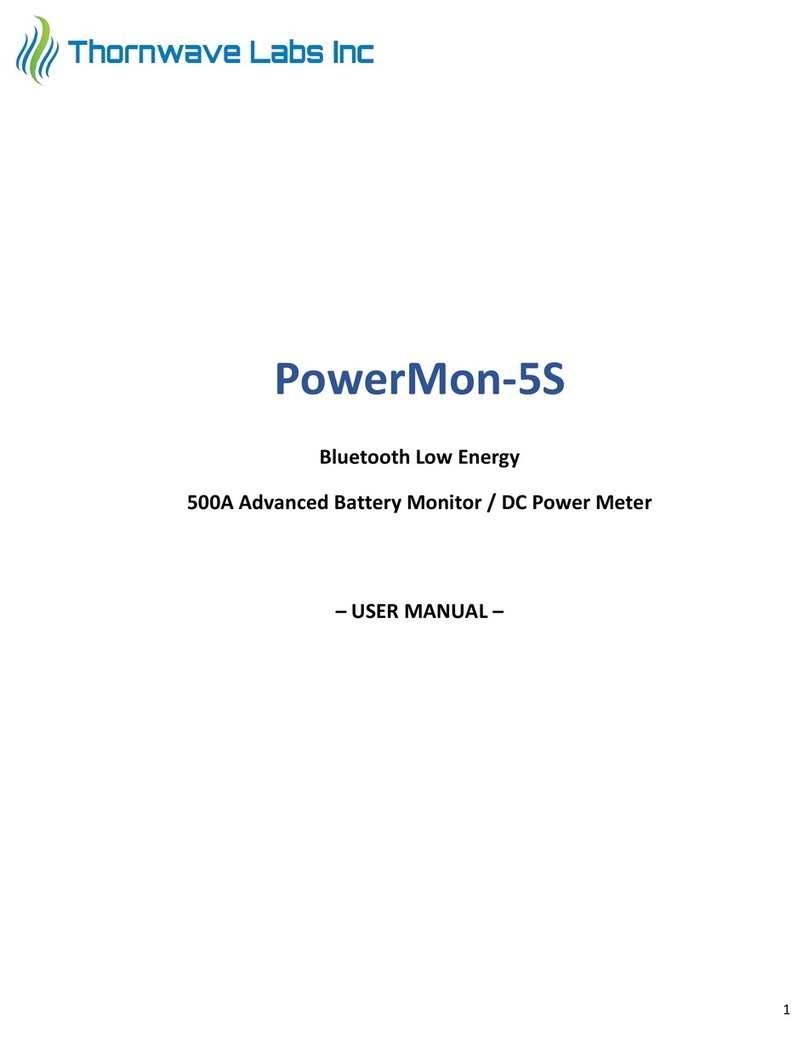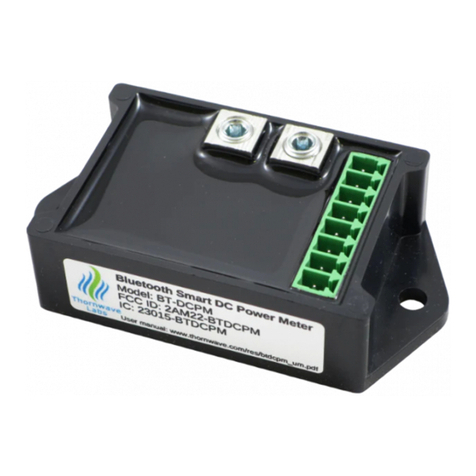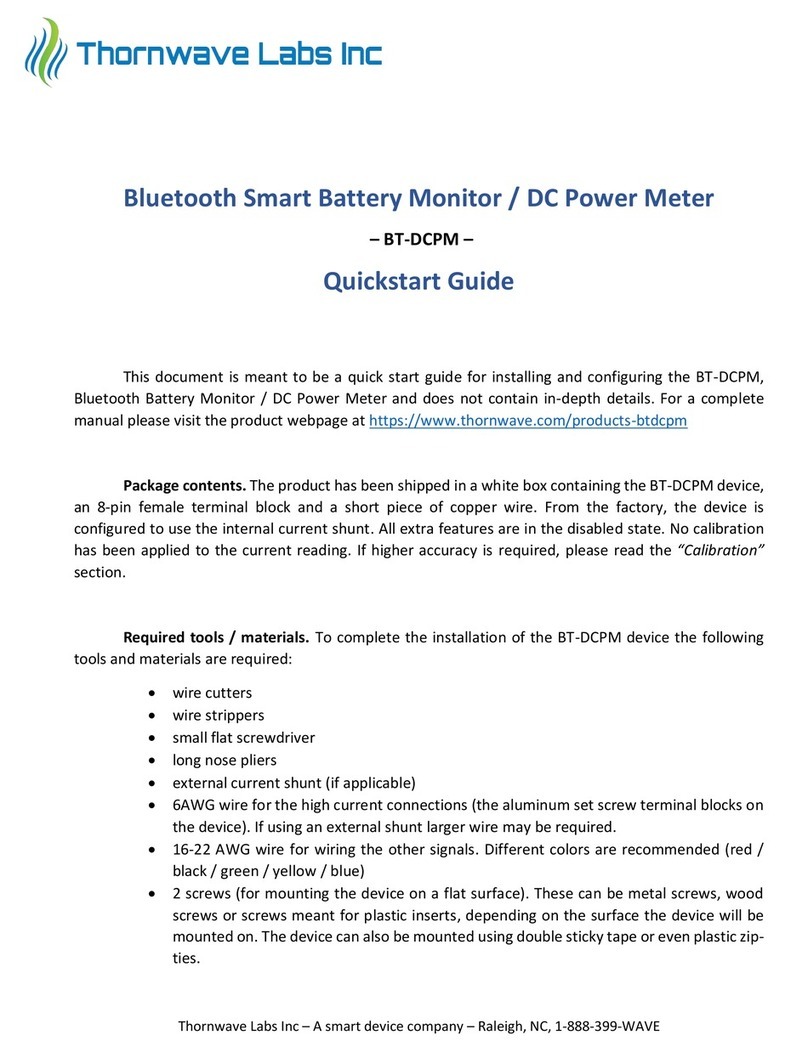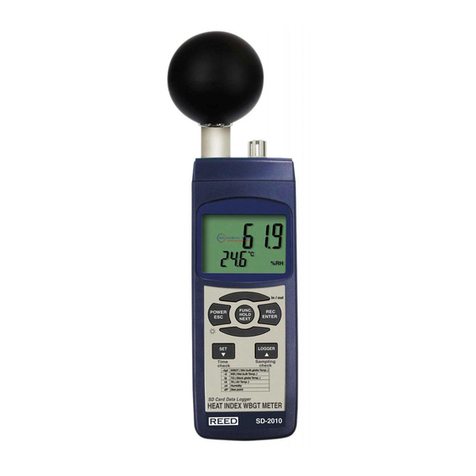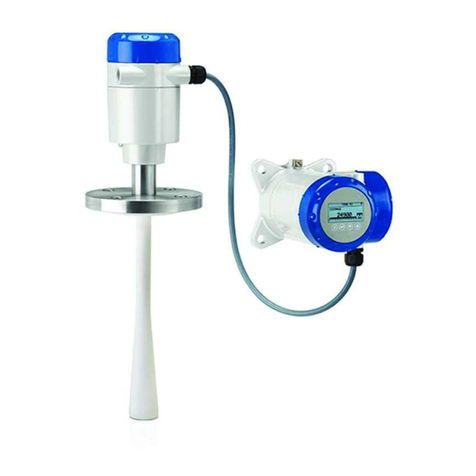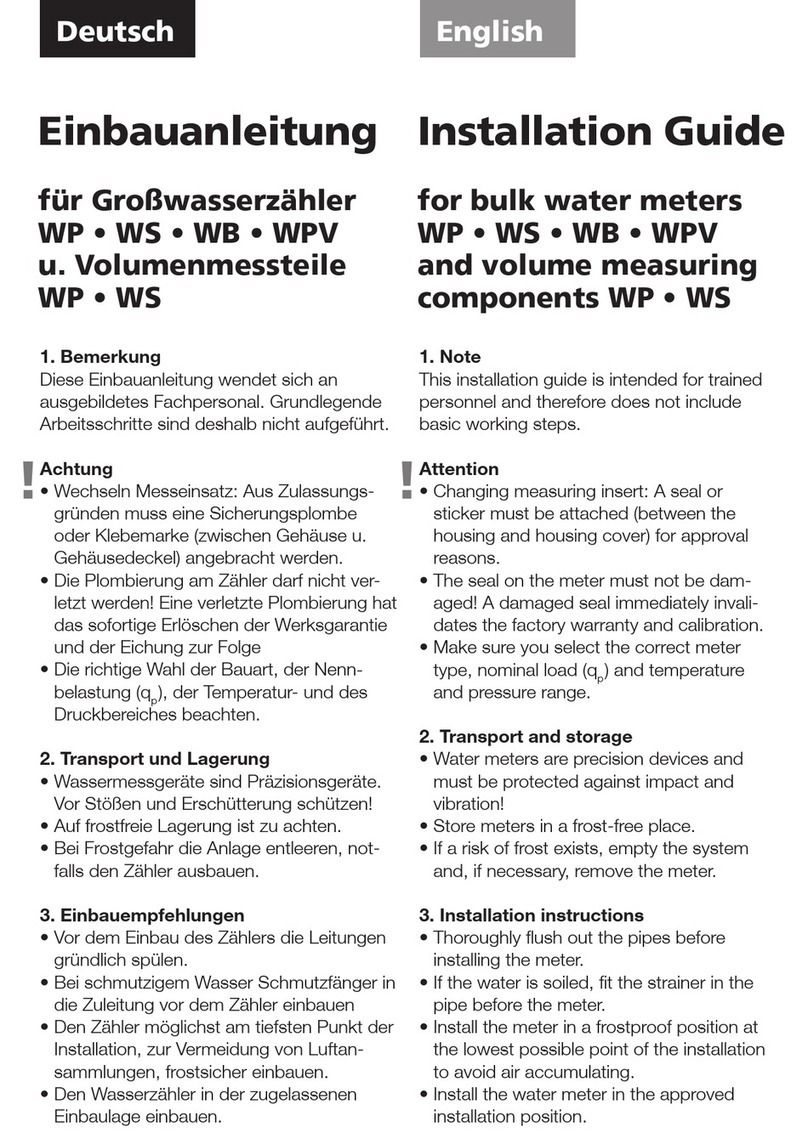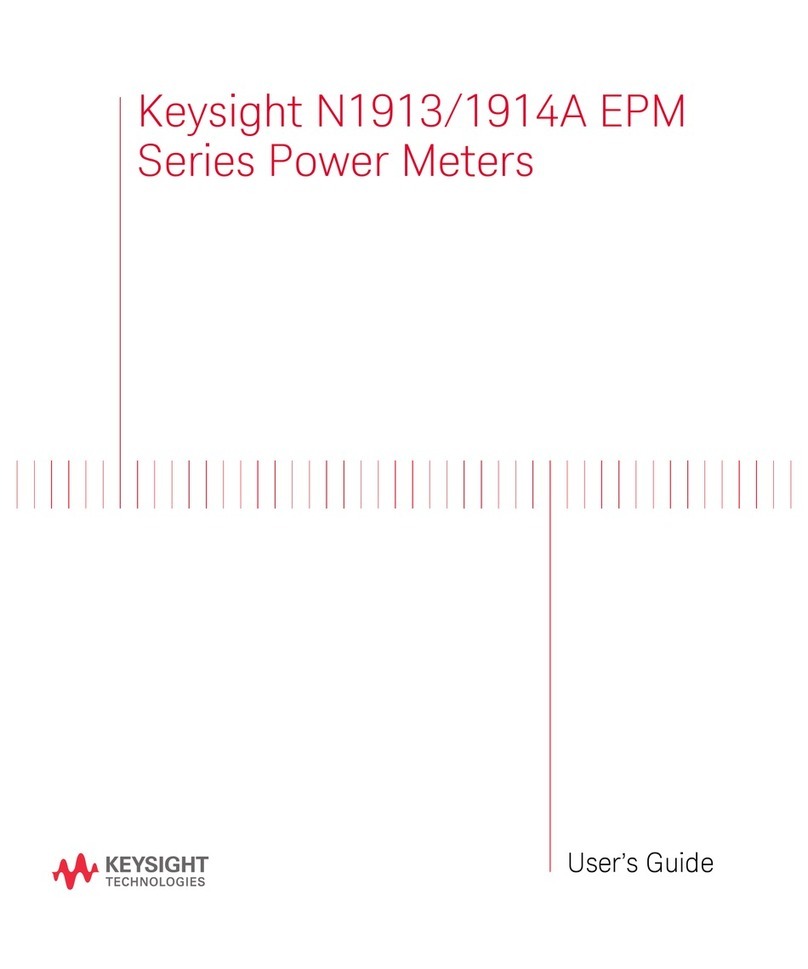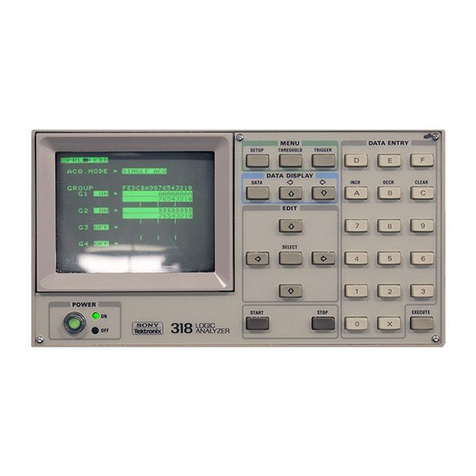10
Radio performance. The device contains an internal Bluetooth Smart (LE) radio operating in the 2.4GHz
ISM band and an internal antenna. For best performance, the device should be installed in such a way to offer
a path for radio waves to reach it. Metal walls or enclosures can attenuate or completely shield the device.
Installation on non-metallic surfaces is preferred. The mobile device app displays the RSSI value (Received Signal
Strength Indication) in real-time.
Power relay control. PowerMon can control a power relay (either mechanical or solid-state) using the
RELAY output (terminal 6). When active (relay turned on), the RELAY terminal is internally connected to ground
by the device. The relay should be connected between its power supply and the RELAY terminal. The low/high
voltage disconnect and over-current disconnect functions require the use of a relay / SSR (Solid State Relay).
Low voltage disconnect. When this mode is enabled, and the battery voltage drops below a specified
value, the device disconnects the load, protecting the battery from over-discharge. In order to disconnect the
load, the voltage has to be below the set threshold for a configurable amount of time. This feature helps in
situations where cranking an engine or a short high current load causes the battery voltage to momentarily
drop. The device will re-engage the power relay a configured amount of time after the condition that caused it
to disconnect is removed. In this mode PowerMon can also operate as a battery isolator. The relay is used to
connect the house batteries in parallel with the starting battery. The LVD filter value should be set to 5000ms.
The disconnect threshold should be set to 13.2V and the connect threshold to 13.6V. When the engine is started
and the alternator starts charging the starting battery, the voltage will start increasing. When the voltage
reaches 13.6V (the connect threshold) the relay engages and connects the house batteries to the starting
battery, this way allowing all batteries to be charged. When the engine is stopped the voltage will quickly drop
below 13.2V (the disconnect threshold) and the relay disengages, isolating the house batteries from the starting
battery. The house batteries voltage can be monitored using the V2 input. Note that the thresholds (13.6V and
13.2V) are just an example. They can be configured to best fit the application.
High voltage disconnect. This function is similar to the low voltage disconnect, but as the name suggests
it will disconnect the load when the voltage goes above the disconnect threshold and will reconnect the load
when the voltage goes below the reconnect threshold. This mode can be used together with the low voltage
disconnect. Possible uses are to protect the load from high voltage conditions, start external chargers or
generators, connect to the grid and so on.
Over-current disconnect. PowerMon can operate as a circuit breaker. When this mode is enabled and
the measured current increases above a user specified trip value, the device disconnects the load, protecting
the batteries and load from over-current. The device will re-engage the power relay a configured amount of
time after the condition that caused it to disconnect is removed.
WARNING! Although PowerMon can disconnect power if an over-current condition occurs, it should not be
used to replace circuit-breakers. A properly rated circuit-breaker or fuse should be used to protect the load
and the wiring!




















